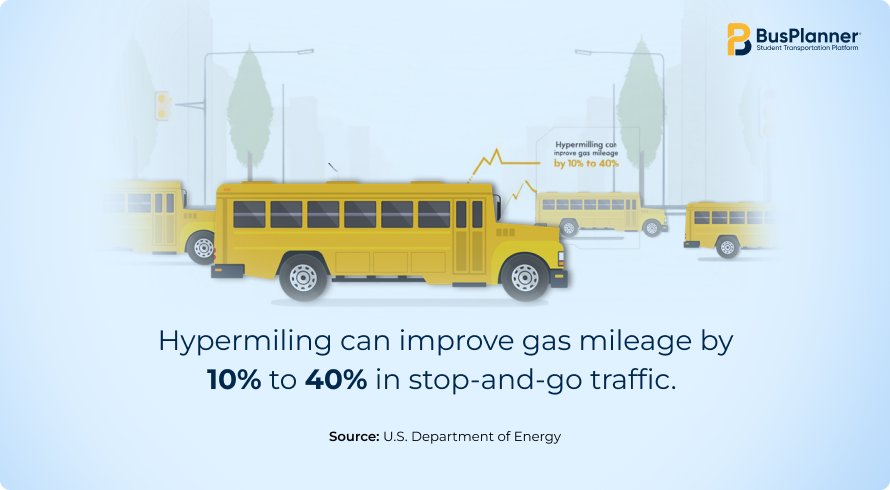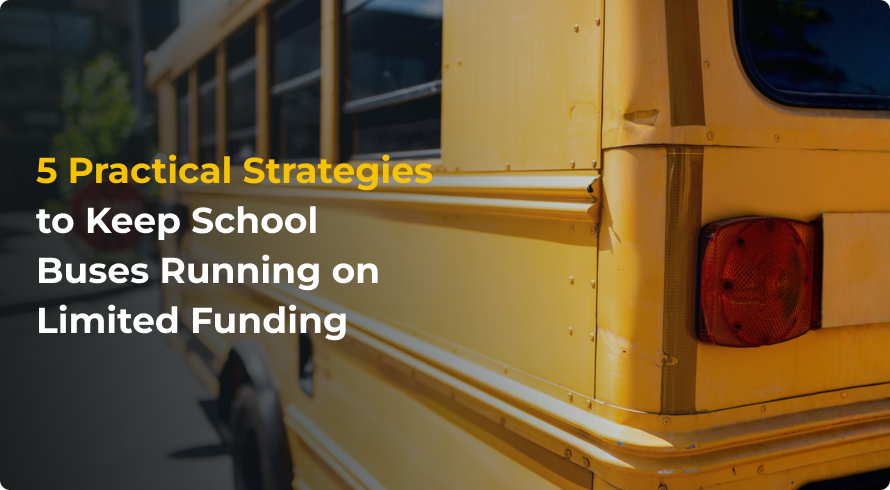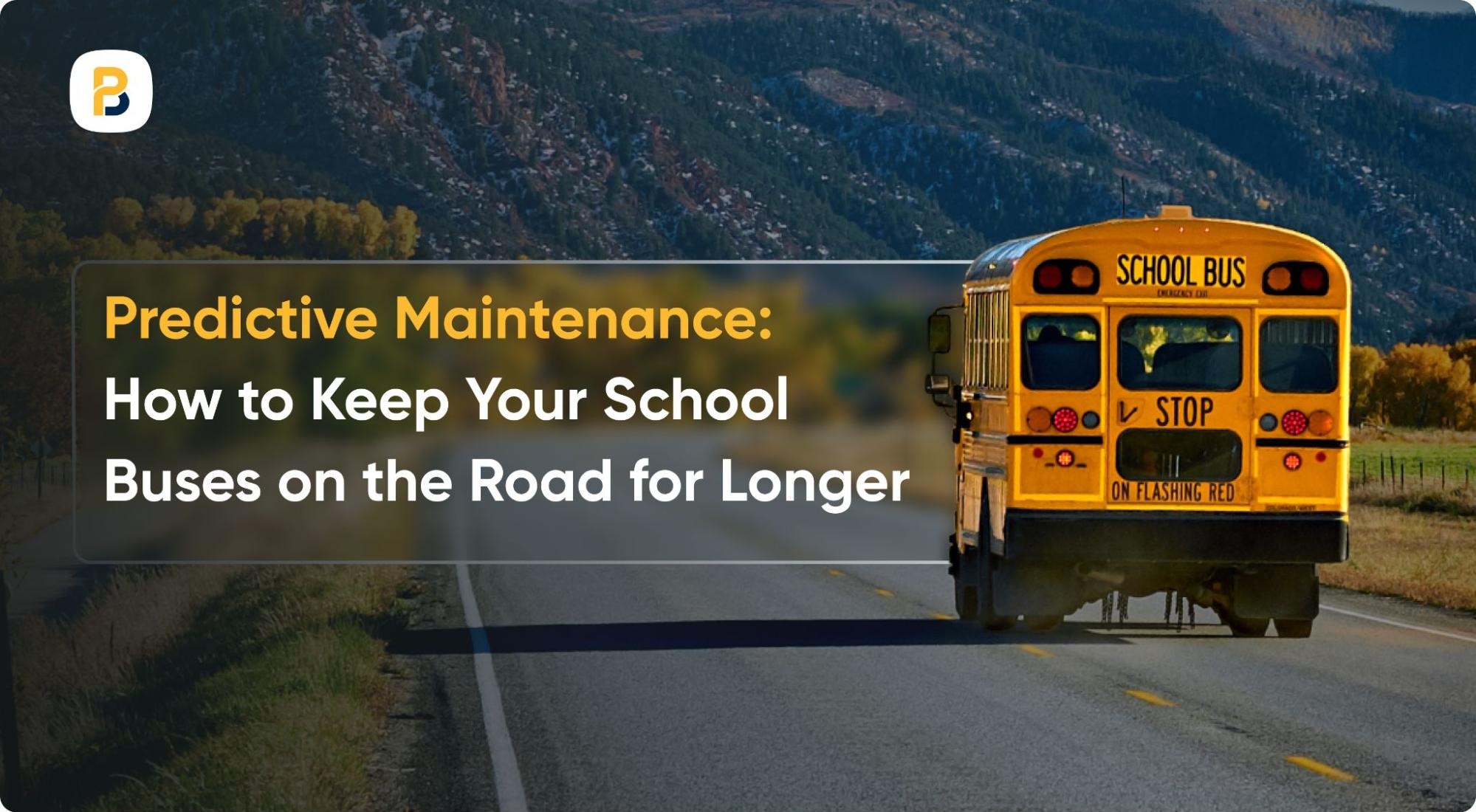Student transportation teams juggle with rising fuel prices, aging buses, and limited resources today. It’s not just about saving money; it’s about making tough decisions daily while ensuring the buses keep operating efficiently.
If you’re a school administrator, fleet manager, or transportation coordinator, here are five cost-effective strategies to stretch every dollar while ensuring your buses stay efficient.
1. Better Plan the Budget
The foundation of running a lean school bus operation starts with meticulous budget planning. Don’t just rely on last year’s numbers—take time to analyze real costs versus estimates. Break down expenses into specific categories: fuel, maintenance, parts, insurance, salaries, and technology. Look for patterns and overspending areas.
- Financial Planning Tools: Use transportation management software to forecast costs.
- Allocate Budget for Emergency: Set aside emergency funds for unexpected breakdowns or fuel price hikes.
2. Hypermiling: Get More from Every Gallon

Certain driving practices maximize fuel efficiency. When applied consistently, the savings can be significant! Here are some of these practices:
- Avoid Idling: Idling leads to the production of more pollutants, including carbon monoxide and nitrogen oxides.
- Avoid Harsh Braking: This minimizes unnecessary fuel injection and reduces brake wear.
- Reduce Weight on the Bus: Every extra 100 pounds on a bus can reduce fuel economy by up to 3%.
Provide training for drivers and encourage them to follow the aforementioned practices. Even a small improvement in fuel economy per bus can lead to substantial annual savings across the fleet.
3. Better Plan the Routes
Poorly planned routes waste fuel, time, and increase wear and tear on buses. Efficient route planning helps cut down on mileage, driving time, and operational costs while maintaining or improving service quality.
- Optimize Existing Routes: Use a school bus routing software to optimize stops and reduce overlap.
- Regularly Review and Update Routes: Updating routes based on enrollment and neighborhood changes avoids unnecessary mileage and underused stops.
Efficient routing reduces the total number of buses needed, which directly translates to reduced expenses.
4. Track and Monitor Buses
Installing school bus GPS software can be a game-changer for schools operating on tight budgets. Real-time data helps monitor routes, fuel use, driver behavior, and maintenance needs.
- Conserve Fuel: Spot fuel-wasting behaviors like idling or speeding.
- Effectively Utilize Resources: Identify underused buses or routes that can be consolidated.
- Manage Driver Behavior: Provide accountability and improve safety.
These systems also offer valuable data that can be used to plan future budgets more accurately and advocate for additional funding when needed.
5. Maintain the Fleet
Preventive maintenance is essential for keeping buses reliable and extending their lifespan. Neglecting small issues often leads to costly repairs or breakdowns at the worst possible times.
- Maintenance Schedule: Stick to a regular maintenance schedule for oil changes, tire checks, brakes, and more.
- Report Concerns Timely: Train drivers to report unusual sounds or performance issues promptly.
A well-maintained fleet not only saves money in the long run but also ensures student safety and minimizes service disruptions. Leveraging a fleet management tool can automate tracking for each bus to keep you updated about fleet health, reducing the risk of unexpected mechanical failures.
Final Thoughts
Running a school bus on limited funding requires a strategic blend of planning, technology, and discipline. By improving budgeting, adopting fuel-efficient driving, optimizing routes, leveraging technology, and staying on top of maintenance, school districts can stretch their transportation dollars further while delivering safe, reliable service to students every day.
Even small improvements can add up to big savings. So start with one or two changes, measure their impact, and keep building a more efficient system from there. Contact us to learn how BusPlanner can help you in the process!







